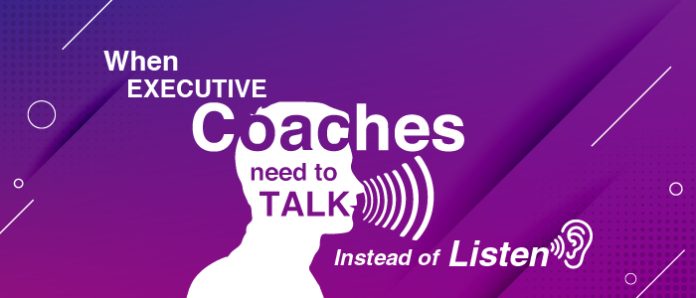A recent survey showed that 67% of the participants believed that leadership coaching increased employee engagement and satisfaction, while 50% said it improved overall productivity. When it comes to coaching practices, leaders have traditionally employed a trust-based approach that focuses on working with employees to come up with solutions to new challenges. However, in a dynamic, ever-changing business environment, there are certain situations where leaders as executive coaches should resort to a direct-coaching process that maximizes goal attainment.
Let us first understand the traditional coaching process and how it differs from a direct approach for understanding the two situations.
The Traditional Coaching Process
Leaders today are expected to have all the answers. Given the dynamic business environment that we operate in today, it is an unrealistic and ill-advised expectation. One way for leaders to manage this expectation is to adopt a new role: that of the coach. A coaching approach will help employees understand complex organizations better and get the job done without being told what to do. Successful coaching entails using three practices: Asking, Listening, and Empathizing.
Click Here to read about the situations in which Leaders must take a direct approach to coaching


